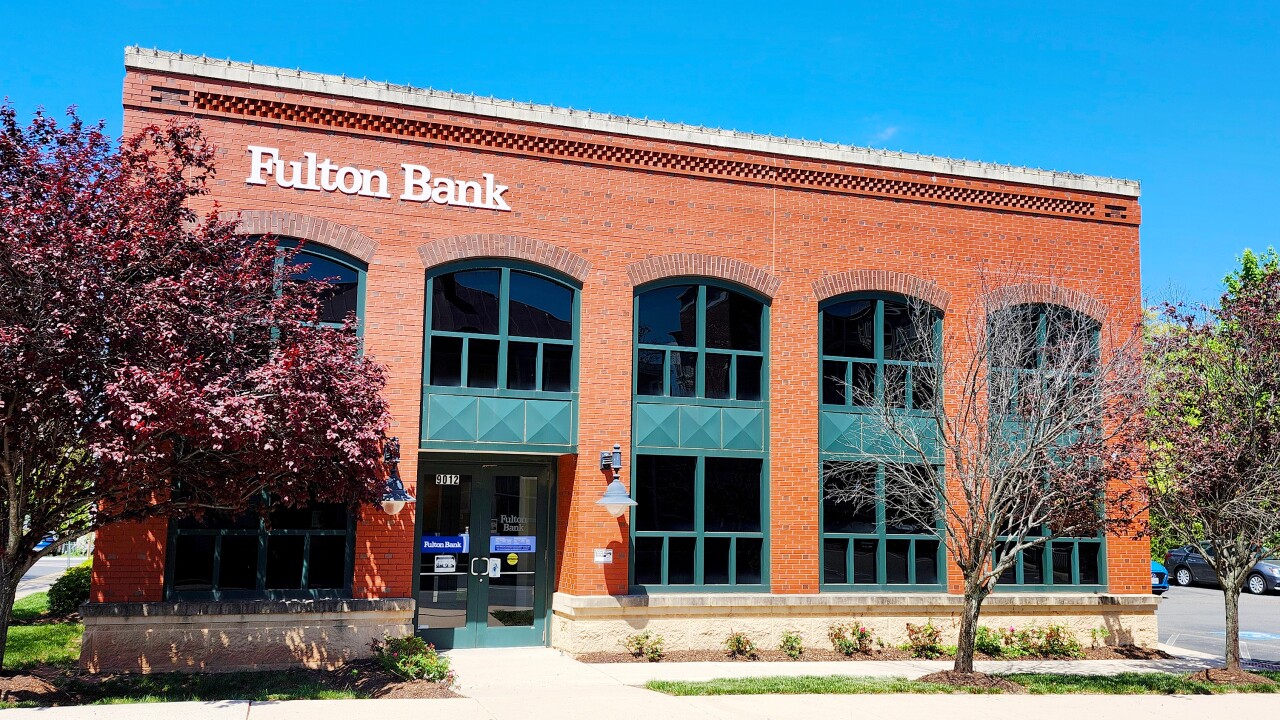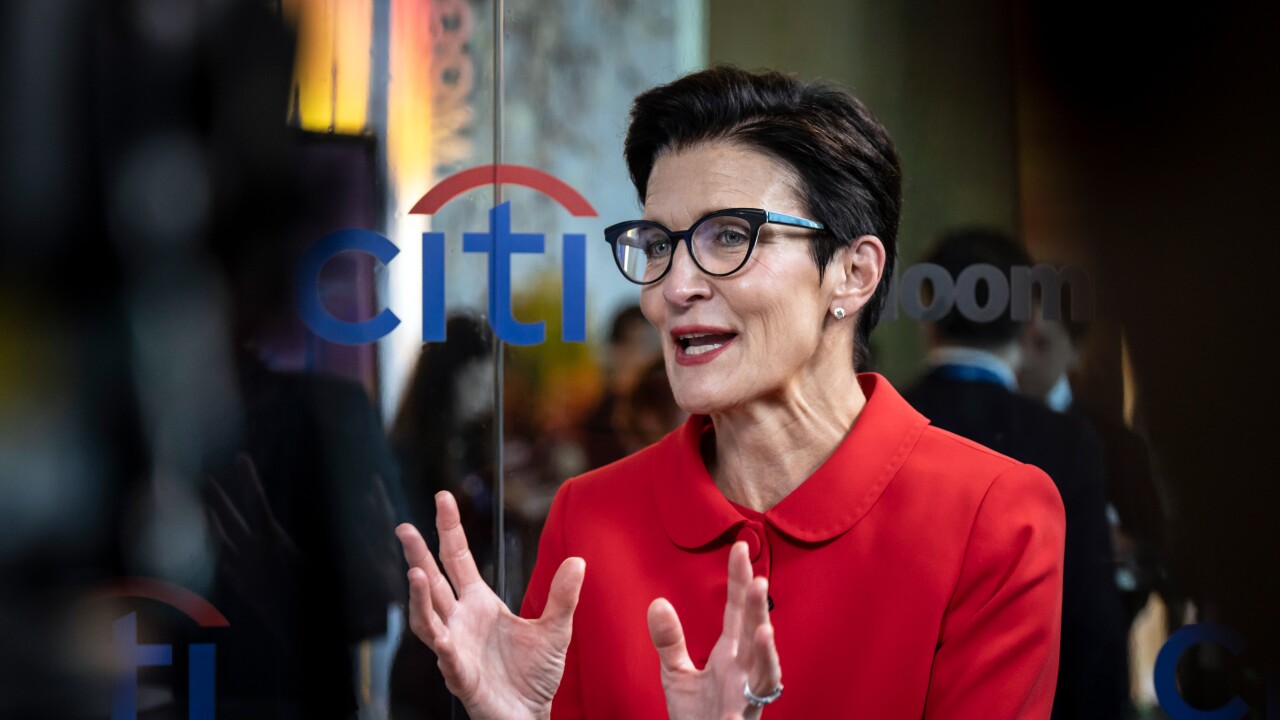
U.S. banks reported slightly weaker earnings in the second quarter of 2025 as rising provision expenses from the Capital One-Discover merger in June weighed on profits, according to the Federal Deposit Insurance Corp.'s Quarterly Banking Profile released Tuesday.
"If we exclude the increase in provision expense related to the merger, return on assets would have increased from 1.16% to 1.23%," FDIC Acting Chair Hill said. "So a very solid quarter."
In a press conference Tuesday, FDIC officials said insured depository institutions pulled in $69.9 billion in net income in the second quarter, a decrease of $677 million, or 1%, from the first three months of the year. The banking industry's return on assets also fell to 1.13%, from 1.16% in the first quarter, compared with the 1.20% in Q2 2024. The decline, regulators say, reflected a 34% increase in provision expenses tied to Capital One's merger — funds that accounting rules dictate must be set aside up-front to offset expected losses related to the merger.
The report showed the industry's net interest margin edged up 1 basis point to 3.26%, holding above its pre-pandemic average. Net operating revenue, combining net interest income with noninterest income, increased 1.4% from the prior quarter to $266.3 billion, with both interest and noninterest income factoring into the rise.
Loan balances rose $263.7 billion, or 2.1%, to $13.1 trillion in the second quarter, outpacing prior quarters but remaining below the pre-pandemic average. Regulators attributed the increase in part to reclassifications of certain loan categories
"Some of this increase was due to continued reclassifications following the finalization of changes to the call report to how certain loan products are reported," an FDIC spokesperson said. "In addition, credit cards, non-farm, non-residential, commercial real estate and one- to four-family residential loans also contributed to the industry's quarterly loan growth."
Total domestic deposits increased for the fourth quarter in a row, up by a net $101.5 billion, or 0.6%, as uninsured deposits grew by $186.6 billion, more than making up for a $87.3 billion decline in insured balances.
Asset quality remained broadly favorable. Past-due and nonaccrual loans dropped to 1.50% of all loans, remaining below the pre-pandemic average, with some caveats.
Certain portfolios showed instability, particularly non-owner-occupied commercial real estate, multifamily and credit cards, which all showed signs of delinquency significantly above pre-pandemic averages. The net charge-off rate fell 6 basis points to 0.60% but remained above long-term averages for most loan categories, particularly credit cards.
The Deposit Insurance Fund balance rose by $4.4 billion to $145.3 billion, lifting the reserve ratio to 1.36%, just above the statutory minimum of 1.35%. As a result, the FDIC said it will no longer operate under a Restoration Plan beginning in the third quarter.
Unrealized losses on securities fell 4.3% from the first quarter to $395.3 billion. Equity capital increased 2.5% to $2.5 trillion, helped by the decline in securities losses. The number of banks on the FDIC's Problem Bank List dropped to 59, representing 1.3% of total banks.
The total number of insured banks fell by 41 during the quarter to 4,421 total banks. One bank failed, two new banks formed, five banks were sold to nonbanks and 37 mergers were completed.
The conference came just hours after the President
When asked about the general instability on independent agency boards, Acting Chairman Hill likened the move to normal turnover in the federal government.
"From my perspective, the job is still the job. There are always changes in personnel, people coming and going, it's not atypical that there are transitions when it comes to who's on the board," Hill said. "I wouldn't say that anything is significantly different about it."






